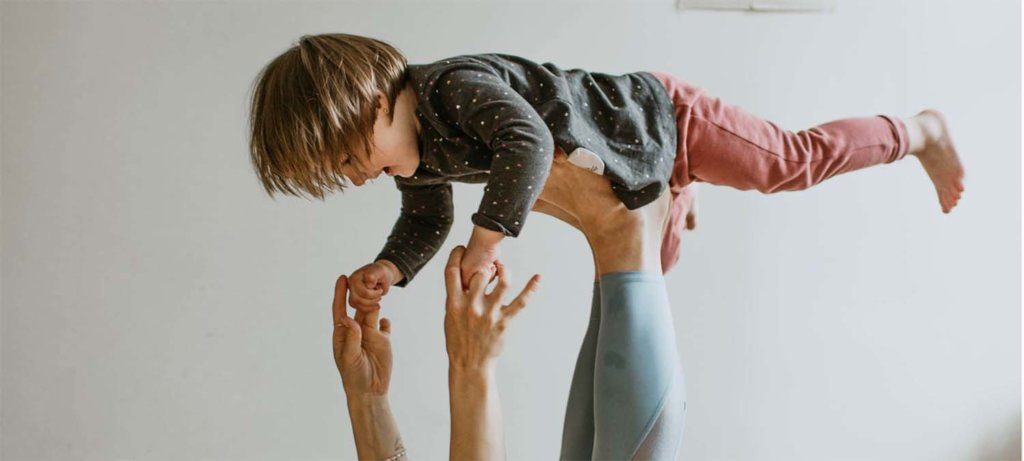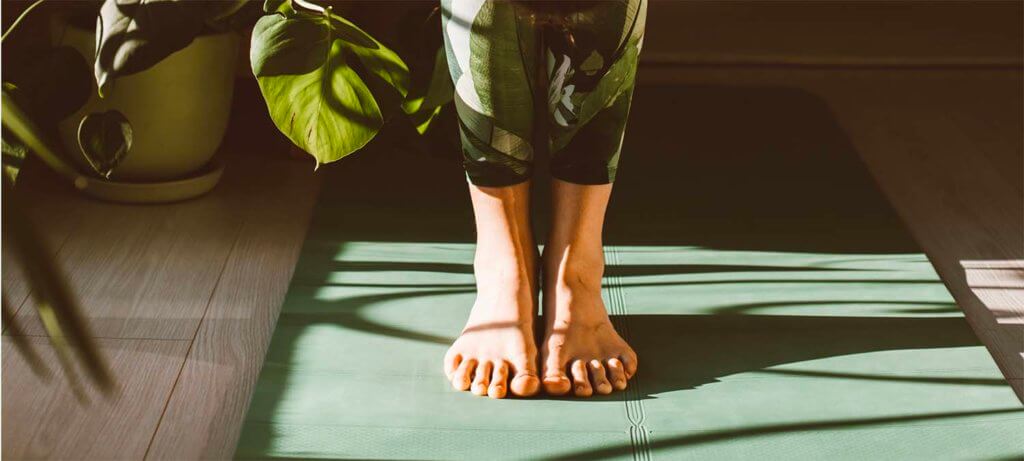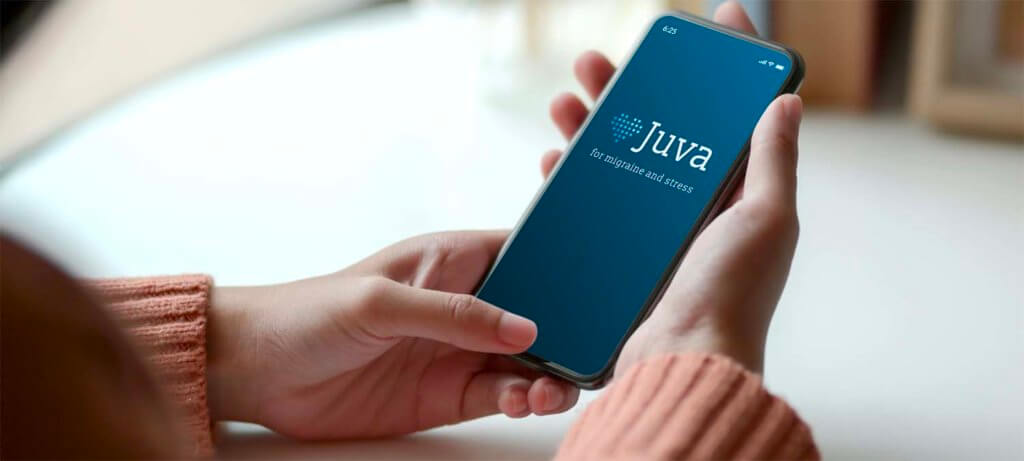Migraine pain getting in your way? Relaxation techniques can help.
When you live with migraine, it’s critical that you are equipped with effective relaxation techniques. Stress is a common headache trigger for many people with migraine, but there are relaxation techniques for migraine that can help you manage stress and reduce the odds of getting a migraine attack.
One of the oldest, most effective relaxation techniques for migraine is progressive muscle relaxation, or PMR. PMR is an evidence-backed intervention that has been shown to reduce the frequency of migraine attacks as well as improve general feelings of relaxation and well-being.
Interested in trying migraine progressive muscle relaxation for yourself? Here’s everything you need to know.
What is progressive muscle relaxation?
Progressive muscle relaxation, otherwise known as PMR, is a common relaxation strategy that was originally created by a physician named Dr. Edmund Jacobson in the 1920s. It’s used as a drug-free method for deep muscle relaxation. Dr. Jacobson created progressive muscle relaxation originally as an intervention for anxiety and stress.
The original idea behind progressive muscle relaxation was simple: Jacobson proposed that, because stress causes muscles to tense up, intentionally monitoring and relaxing those muscles could work to block stress and anxiety.

Here’s how it works.
Progressive muscle relaxation involves two basic steps. The first step is to intentionally create tension in a muscle group. The most important part of this step is to be mindful, and to pay close attention to how this tension feels.
So often, we’re tense without even realizing it. For example, we might walk around with our shoulders up to our ears, or with tension in our jaw. In progressive muscle relaxation, you intentionally lean into this feeling of tension. That way, you’re more likely to notice the difference when you’re not tense.
The second step in progressive muscle relaxation is to relax the same muscle group that you’ve tensed. By releasing all the tension that you’ve created in that part of your body, you notice how soothing it feels to truly relax. This practice makes it easier to notice what a difference there is between a tense body and a relaxed body.
Jacobson published a book about progressive muscle relaxation in 1938, and the practice has since become a staple in the world of behavioral therapy and relaxation.
What are the benefits of progressive muscle relaxation?
The main benefit of progressive muscle relaxation is that it lowers stress and anxiety. But in the decades since its creation, progressive muscle relaxation has been used not only for stress relief, but for a wide array of other health problems. Progressive muscle relaxation has been found to have the following health benefits:
- Lowers levels of harmful stress hormone, like cortisol
- Reduces lower back pain
- Promotes better sleep
- Reduces neck pain
- Lowers heart rate
- Improves systolic blood pressure
- Improves quality-of-life and well-being
- Reduces symptoms associated with temporomandibular joint (TMJ) disorders

Most importantly for us here at Juva Health, research has proven that progressive muscle relaxation is helpful for people with migraine.
A 2016 study found that practicing progressive muscle relaxation on a regular basis reduced the frequency of headache attacks for people with migraine.
Compared to the control group, the patients who completed a 6-week progressive muscle relaxation training reported having fewer migraine attacks. The difference between the two groups was clinically significant, which means that progressive muscle relaxation definitely helped people get fewer headaches.
Participants continued to have fewer headaches even after the 6-week progressive muscle relaxation program had ended.
The researchers say that progressive muscle relaxation helps migraine patients through a number of different avenues. First, they think that progressive muscle relaxation gives people with migraine a sense of control and self-efficacy over their own bodies.
Living with migraine can feel like your body has a mind of its own, as if you have absolutely no control over when you get a headache. Progressive muscle relaxation may help you have more confidence in your ability to cope with your symptoms and control your body’s relaxation response.
They also say that the benefits of progressive muscle relaxation for migraine patients may be due to serotonin levels, although more research is needed to confirm this.
The results are clear.
No matter what the exact mechanisms are, the result of the study is clear: progressive muscle relaxation helps people with migraine. On top of that, there are no known side effects or drawbacks to this intervention.

A simple progressive muscle relaxation script for migraine
If you’re interested in trying progressive muscle relaxation, we’ve got your back.
Here’s a simple PMR exercise you can use to get started right away.
Keep in mind, however, that progressive muscle relaxation is most beneficial when it’s practiced on a regular basis. Instead of waiting until you’re in a lot of pain to practice this exercise, build it into your routine. The more relaxed you are on an everyday basis, the less likely you may be to get a headache. You may enjoy doing PMR more when you are not having a headache or migraine attack, as the tensing and squeezing muscles may be too intense at that time.
Setting yourself up for progressive muscle relaxation
Find a comfortable position. If you’re at home, feel free to lie down — but you can easily do this exercise in a comfortable seated position, as well.
To start, take three deep, steady breaths in and out. Inhale through your nose, filling your lower belly all the way up with air, then release that air through your mouth.
Now, just notice how your body is feeling today. Are you tense? Are you relaxed? Are you in any pain today? Do you have a headache?
You don’t need to fight or try to change any of these feelings. Simply notice.
Living with migraine is hard. It often feels like your life is out of your hands. Migraine attacks show up when they want to. They have no regard for what you have planned; they don’t care if you have a big event that day, or if you’re already feeling exhausted from a bad day at work.
But remember: there are some things you can do to help yourself if you live with migraine. This exercise we’re about to do has been proven, by science, to reduce how often you get migraine attacks.
Try to focus on that as you guide yourself through this migraine progressive muscle relaxation exercise. Repeat to yourself, “Relaxing my body is within my control.”

Whenever you’re ready, you can start this progressive muscle relaxation for migraine.
Starting with your feet
Start with your toes, feet, and ankles. Step one for each muscle group is to intentionally bring tension. Tense your feet as hard as you can without causing pain. Arch your feet, and curl your toes. Your ankles should rise up slightly off the floor. Keep the tension there for several seconds, and notice how that feels.
Now, as you breathe out, relax these muscles. Let all of the tension drain out of your feet and ankles. Your feet should drop back to the ground like dead weights. Feel your feet sinking into the ground. Your toes, feet, and ankles are completely relaxed. You are in control over how your feet feel. Relax them completely. Notice how different that feels compared to when they were full of tension.
After breathing in and out deeply, move on to the next muscle group: your legs.

Moving onto other muscles
Now it’s time to move your way up to other muscle groups. Continuing with your legs (calves, knees, and thighs), breathe in and bring tension into these body parts. Tense your hamstrings and your quads. Lift up your kneecaps. Notice how it feels to be tense.
Then, breathe out and let all the tension in your legs melt away. Feel them sinking into your chair or the ground underneath you. Let them turn to jelly. Release every last bit of tension that’s left in your legs.
Just like this, work your way up your body with each muscle group. Continue with your hips and groin, then your stomach, then your back, then your arms.
Tense each muscle group as hard as you can without causing pain. Notice the tension, and how uncomfortable it is. Then, release each muscle group. Enjoy the sense of absolute relaxation that comes over each muscle group. Remember that you are in control, and you are the one deciding to relax these muscles.
Neck, shoulders, and head
When you’ve finished tensing and relaxing your arms, pause. It’s now time to do this exercise with your shoulders, neck, and head.
This can be a tricky area if you live with migraine or another severe headache disorder. You’ve experienced pain in these areas so often. It may feel triggering to pay close attention to how these areas feel. This is especially true if you have a headache right now. And in some cases, you may want to tense all of these muscles, or only some of them. It’s up to you to decide which muscle to tense, or just skip this area. You can always decide what is right for you.

Always remember that you are in control of your body’s relaxation response. Keep in mind that progressive muscle relaxation has been proven to reduce the frequency of migraine attacks. The more often you practice this exercise, the better you may feel.
Listen to your body, and avoid doing anything that increases your pain if you have a headache at any time.
Now, let’s move on to your shoulders and neck. If it doesn’t increase your pain, tense your shoulders. Bring them up to your ears. Bring your head back and tense your neck. Notice how that feels, and pay attention to whether or not this tension feels familiar to you. So many of us walk around with tense shoulders without even realizing it.
Tense your neck and shoulders enough to feel it, but not enough to cause pain. Then, breathing out, drop your shoulders down. Allow all of the tension to melt away from your shoulders. Relax your shoulder blades. Your neck and shoulders are totally relaxed.
You may like to repeat this a few times. Bring your shoulders up to your ears, then notice how relaxed they feel when you drop them down. If you’d like, you can roll your shoulders forwards, then backward, until they feel totally relaxed. Roll your neck one way, and then the other.
Enjoy the sensation of complete relaxation in your neck and shoulders.
Next, do the same with your head and face. This is an area of your body where you may often feel pain, but you have control over relaxing your head. Scrunch up your nose as if you’re about to sneeze; furrow your eyebrows. Clench your jaw tightly.
After noticing how it feels to hold tension in your face and head, breathe out and release all of the tension you were holding. Relax your eyebrows and your nose. Release all the tension in your jaw, and allow your mouth to hang slightly open with your tongue relaxed. Bring a soft smile to your lips.
Ending the progressive muscle relaxation
After you’ve finished tensing and relaxing every muscle group in your body, take a moment to appreciate the sense of relaxation. At the beginning of this exercise, you were asked to pay attention to how your body felt. Do this once again; how does your body feel now?
You can rest in this feeling of relaxation as long as you like.
Remember to practice this migraine progressive muscle relaxation exercise on a regular basis. Regularly activating your body’s relaxation response is a gift that you can give to yourself.

Juva Health: Biofeedback for Migraine
The Juva Health app teaches you migraine progressive muscle relaxation along with other science-backed migraine relaxation, stress management, and CBT techniques. Using unique technology, Juva makes it possible for you to learn and practice biofeedback for migraine prevention at home. The Juva app uses your phone’s technology to help make you aware of your bodily functions, like heart rate and respiratory rate.
To get access to the best relaxation strategies for migraine, including progressive muscle relaxation, sign up for a free year of Juva Health today.



